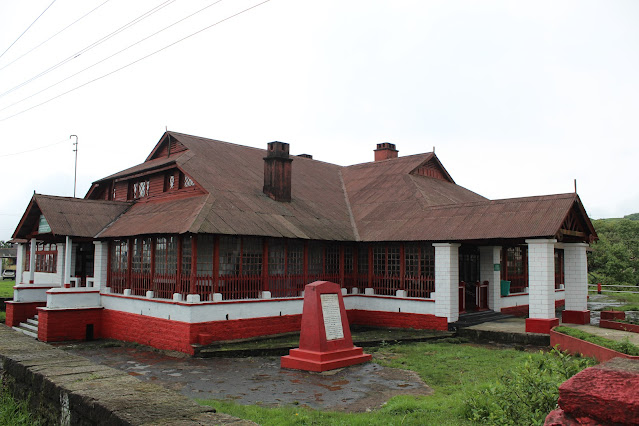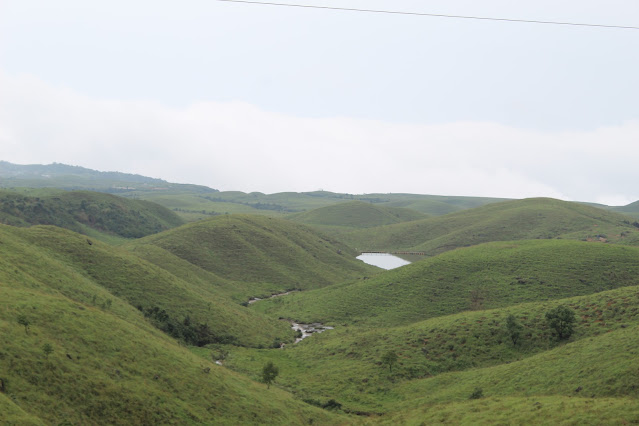95% of the world's Hindus live in India.
Hindus in India comprise 80% of the country's population.
In a supposedly Hindu majority country like this, Meghalaya is a state where Hindus are a minority!
In fact, Hindus are a minority in 3 of the North-Eastern states - Meghalaya, Mizoram, and Nagaland. At first, I found it incredulous that Hindus are a minority in these states. Then I learned that all of them are Christian majority states with 75% (in ML) to 90% (Nagaland) of the population being Christian.
In fact, in 2010, the ML government declared Christianity as the state religion!! Do we have officially declared state religions in other states?
Mizoram did not hold any International Yoga Day event! They said they are a Christian state.
I thought India and Indian states are secular. Am I wrong?
In India, only the Hindus are the "thekedaars" of secularism. We should not be surprised (but rather concerned) with Mizoram's rejection of Yoga. Secularism, tolerance, and acceptance work only when the majority population is Hindu. Once the demography changes to Islam or Christianity, the assertion of an Islamic state or Christian state is pronounced and quickly asserted.
Now, a decade later, I am convinced the numbers must have dwindled further.
Interestingly, the Chrisitan number has been steadily rising. In 1901, the Christian percentage was a meager 6%. In the first census of 1951, it had grown, almost quadrupled to 25%. In 1991, it had risen to 65 and as of 2011, it stands at 75%. What a meteoric rise, I must say.
So how did Meghalaya become Christian?
Some pictures from my trip.
This is the house of the first Christian missionary who came to Meghalaya in 1841 to convert people to Christianity.
Lavish, isn't it? And note the year 1841 !!!! Even today in the year 2022, it took us huge amounts of cash reserves and effort to plan the journey to this remote and far, far away state in the extreme north-eastern part of India. Even with flights, roads and overall better connectivity in today's times, travel to ML is still a lot of effort.
And above is the first church that was built.
Today, 75% of the state is Christian. Who does the credit go to? To this man - Thomas Jones. He came to India at the age of 31. Because he had a vision. To convert people to Christianity. To lead the sheep to the Shepherd. To bring the lost people to God. Of course, to the Christian God. The one and only savior of lost souls.
Even today, the state is thinly populated. Language is a barrier even between two Indians. The locals speak a few words of English and a few words of Hindi. "Yes, OK, Chai, Khana" rudimentary English, and Hindi. In 2022 we would find it difficult to live and survive here with relatively better roads and electricity. How did Thomas Jones and his ilk survive - the language, the rains, the isolation, the food, the rugged terrain, the 'lost in a no man's land desperation'? The Lord's blessings, of course.
Have I heard of any Hindus going to uninhabited villages of the world to convert the indigenous population to Hinduism? Hindu missionary is not even a word. Islamic missionary is not a word. Christian missionary - now that is a word. The words 'Christian' and 'missionary' always go together. Like the words 'Muslim' and 'Jihadi' do.
How strong must this calling be and the finances that backed it? The kind of political and monetary support he received!






























.jpeg)


















